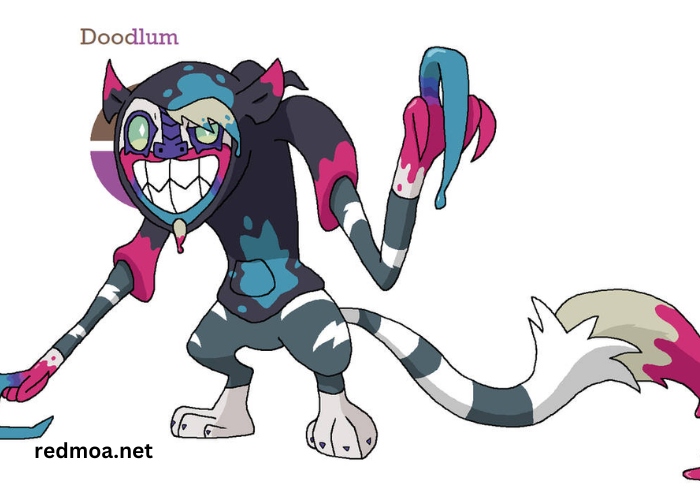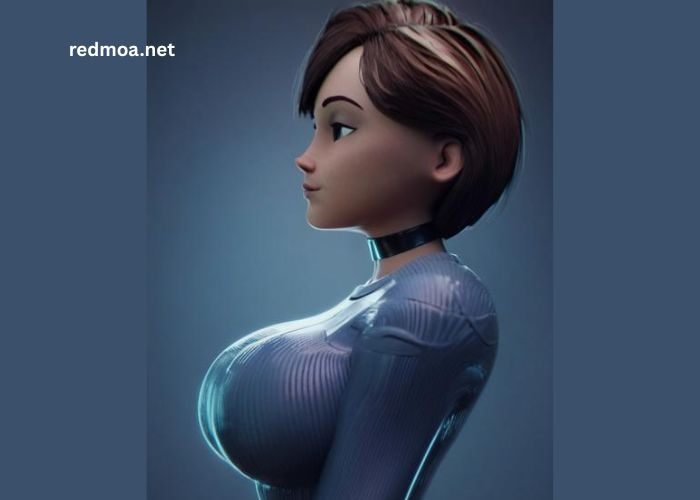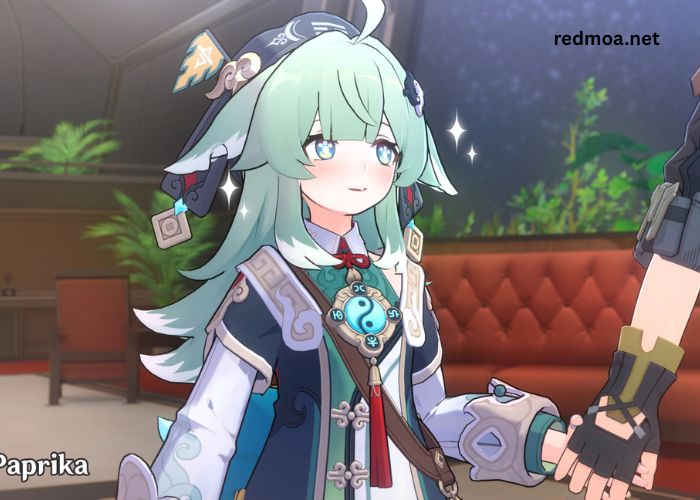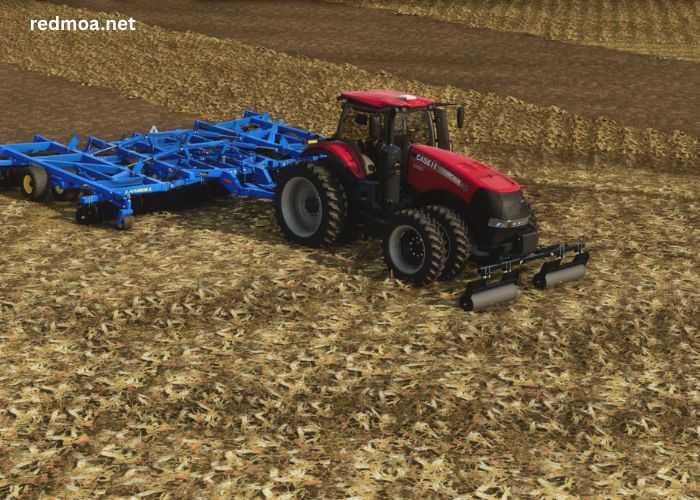If you’ve ever wanted to learn how to draw cartoons, you’re in the right place. Drawing cartoons is a fun and creative way to express your ideas, and with a little guidance, anyone can learn to draw like a professional. Whether you’re a beginner or someone who wants to improve their skills, understanding the basics of cartooning is the first step towards mastery. In this post, we will break down the process into simple, easy-to-follow steps that will help you get from basic sketches to professional-looking cartoons.
Cartooning is not just about drawing; it’s about capturing personality, emotion, and storytelling through exaggerated forms and expressions. By using easy techniques, you can begin creating characters, settings, and even short comic strips that feel alive and engaging. So, let’s dive into the exciting world of cartoon drawing and see how you can take your skills from novice to pro.
Key Points:
- Cartooning starts with understanding the basic shapes and structures of characters.
- The key to mastering cartoon drawing is practice, observation, and creativity.
- Learning proportions, expressions, and line work will elevate your cartooning skills.
What Are the Basics of Cartoon Drawing?
Before diving into advanced techniques, it’s important to understand the fundamentals of cartoon drawing. The basics include learning how to break down complex characters into simple shapes like circles, squares, and triangles. Most cartoon characters can be drawn by combining these basic shapes, which is why this method is a great starting point.
For example, you can start by drawing a head using a simple circle. The body can be represented as an oval or rectangle, and limbs can be simple lines or tubes. These shapes help define the character’s pose, proportions, and overall structure. Once you’ve mastered these simple shapes, you can refine them into more detailed and unique forms that fit your cartoon style.
The beauty of cartoons lies in exaggerating certain features. This means you can take creative liberties with shapes and sizes. Big eyes, oversized hands, or tiny feet – all of these elements add personality to your characters. By exaggerating these aspects, you are able to bring more expression and energy into your cartoon designs.
How Do You Create Interesting Cartoon Characters?
Creating interesting cartoon characters requires a blend of imagination and technique. To design a memorable cartoon character, you need to think about its personality, appearance, and role in the story. One way to start is by thinking about the character’s basic traits: Are they funny? Serious? Happy or sad? These traits should influence the design of their face, body, and even their clothing.
For example, if you’re drawing a funny character, you might want to exaggerate their facial expressions with wide eyes or a big smile. A more serious character might have sharper features, with a more neutral expression. Their clothing and accessories should reflect their personality as well. You can also add unique details to make your character stand out, like a quirky hat or an unusual posture.
Here’s a tip: Take inspiration from existing cartoons, but don’t copy them. Observe how professional cartoonists use color, shape, and expression to make their characters come to life. Then, use those observations to create something new and original.
What Are the Key Techniques for Drawing Cartoon Faces?
One of the most important aspects of cartoon drawing is mastering facial expressions. Cartoon faces are full of exaggerated features that convey emotion and personality. To draw expressive cartoon faces, focus on the following elements:
- Eyes: Eyes are crucial in conveying emotion. Exaggerating the size or shape of the eyes can make a character look more playful, serious, or surprised. For example, large, round eyes often indicate innocence or curiosity, while narrow, angular eyes can make a character look more devious or angry.
- Mouth: The mouth plays a big role in emotion. A wide, open smile can show happiness, while a small, curved line can indicate sadness or neutrality. Try varying the shapes of the mouth to express different feelings, such as a frown for sadness or a wide grin for excitement.
- Eyebrows and Expression Lines: Adding eyebrows and lines around the face can help emphasize emotions. Raised eyebrows indicate surprise, while furrowed brows can convey anger or confusion. These small details make a big difference in showing your character’s feelings
How Do You Add Personality and Style to Your Cartoons?
To make your cartoons stand out, adding personality and style is essential. Every cartoonist has their own unique flair, so developing your style will set you apart. You can experiment with different art techniques, color palettes, and line work until you find what feels right for you.
For example, some cartoonists prefer thick, bold lines, while others go for delicate, fine lines. You may also choose to use more minimalistic or highly detailed backgrounds. By paying attention to the smallest details – like how you shade your characters or how you draw their hair – you can develop a distinct look that reflects your artistic voice.
To give your character even more personality, consider their backstory and how that might influence their appearance. A strong, athletic character might have muscular arms and a confident stance, while a shy character may appear smaller, with hunched shoulders. These traits will help bring your characters to life.
Conclusion
Learning how to draw cartoons like a professional doesn’t happen overnight, but with practice, you’ll improve your skills and gain confidence. The key to becoming a great cartoonist is understanding the basics of shape, structure, and expression, and then building on those techniques to create unique and memorable characters.
Start by breaking characters down into basic shapes, and experiment with exaggeration to add personality. Pay close attention to facial expressions, as they convey a lot of emotion. As you grow more comfortable, develop your own style and embrace the creative process. Keep practicing, and don’t be afraid to make mistakes – they’ll only help you improve.
Cartoon drawing is an exciting journey, and with the right tools and techniques, you can create stunning, professional-looking cartoons in no time. Whether you want to create characters for comics, animation, or just for fun, the possibilities are endless.
FAQ’s
- What are the first steps to learning how to draw cartoons?
Start by learning basic shapes and structures, like circles, squares, and rectangles. Build your characters by combining these shapes, then refine them with details. - How can I make my cartoon characters more expressive?
Focus on facial expressions, exaggerate features like eyes and mouths, and add eyebrows and lines to emphasize emotion. - What should I consider when designing a cartoon character?
Think about the character’s personality and backstory. Use clothing, posture, and facial expressions to reflect these traits and make your character unique. - How do I develop my own cartoon style?
Experiment with different line thicknesses, shading techniques, and color palettes. Over time, you’ll develop a personal style that suits your artistic voice. - How long does it take to become good at drawing cartoons?
It takes consistent practice and time. The more you draw and experiment with different techniques, the quicker you’ll improve. Stay patient and enjoy the learning process.





